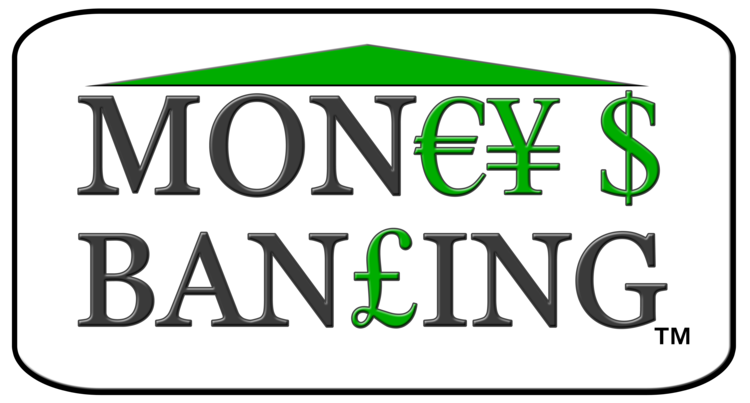The financial crisis of 2007-2009 taught us many lessons about monetary policy. Most importantly, we learned that when financial systems are impaired, central banks can backstop both illiquid institutions and illiquid markets. Actively lending to solvent intermediaries against a broad range of collateral, purchasing assets other than those issued by sovereigns, and expanding their balance sheets can limit disruptions to the real economy while preserving price stability.
We also learned that nominal interest rates can be negative, at least somewhat. But in reducing interest rates below zero―as has happened in Denmark, Hungary, Japan, Sweden, Switzerland and the Euro Area―policymakers face concerns about whether their actions will have the desired expansionary effect (see here). At positive interest rates, when central bankers ease, they influence the real economy in part by expanding banks’ willingness and ability to lend. Does this bank lending channel work as well when interest rates are negative?
Why should there be any sort of asymmetry at zero? Banks run a spread business: they care about the difference between the interest rate they charge on their loans and the one they pay on their deposits, not the level of rates per se. In practice, however, zero matters because banks are loathe to lower their deposit rates below zero….
Read More
